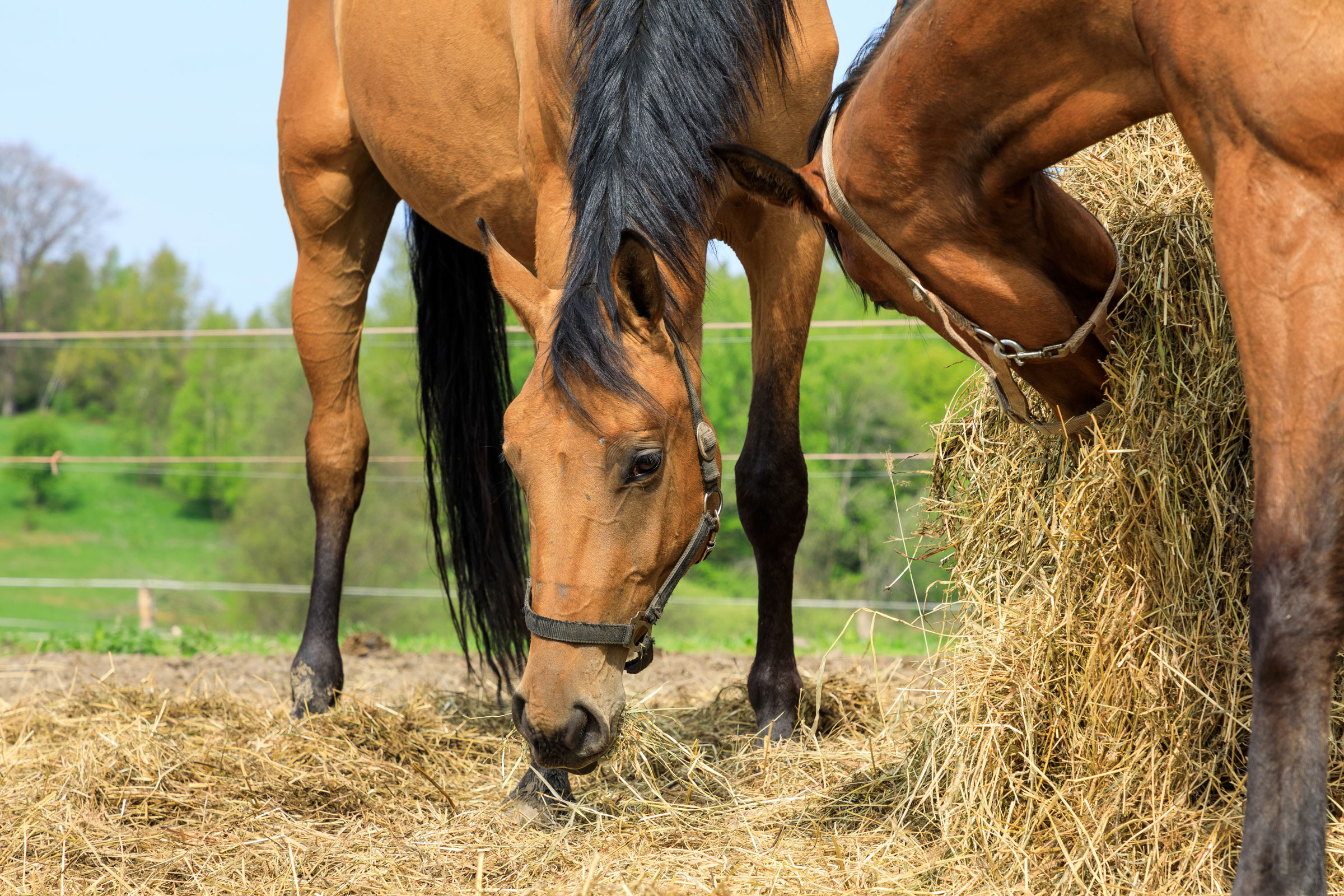
There are two elements to selecting the type of slow feeder that works best in your equine program. The first is to find one that is compatible with the needs of your horse; the other is to select one that is the least labor-intensive for you. Talk to manufacturers of slow feeders to help you find one that is compatible with your situation while keeping these other tenets in mind:
- You want a slow feeder that is easy to reload. Most require about 10 minutes once or twice a day to fill. A removable grid—that secure once installed—is ideal for quick refills.
- Consider safety of the feeder—wire mesh shouldn’t have sharp edges and a wooden feeder is best reinforced with metal flashing to avoid splinters or destruction by horse teeth. Also, the feeder should not enable a horse to put his foot into it as this could result in fright and injury.
- What is the weight of the feeder? This affects how easy it is for you to move it around and clean it out. It also affects how much a horse is able to move it around or knock it over.
- How durable is the feeder? Horses bump things with their feet and legs, so the material should be able to withstand that kind of treatment without the horse incurring injury. You also want it made from material that won’t warp in the heat of summer or form cracks in the cold of winter.
- Select a well-draining feeder if it is used outdoors. Wet hay tends to mold and spoil, causing a whole new set of health problems.
- You’ll want a feeder that doesn’t take up too much room if the paddock or stall is somewhat small.
- The slow feeder should hold enough hay to supply at least 12 hours of roughage to your horse(s). It is possible you’ll need more than one slow feeder and/or hay bag to place around the barnyard for multiple horses.
- Consider how many horses are fed at one time. If more than one horse eats in a given location, you’ll need to install more than one slow feeder to prevent dominant herd members from restricting a less dominant horse’s access to feed.
- Determine the best mesh size that allows nibbling and easy hay extraction without frustration. Make sure that halters, feet or horseshoes can’t get caught in the material.
- Select a slow feeder that delivers hay as close to the ground as possible, ideally less than 4 inches off the ground. If using a hay bag as a slow feeder, you’ll need to hang it high enough that a horse can’t get its legs entangled in the rope or bag.
- Consider putting a rubber stall mat under new hay feeders if there is alfalfa in the hay. Horses will end up eating straw, bedding or even dirt trying to get to the dropped leaves.
A nice bonus about using slow feeders is that less hay is wasted, which translates to a better use of your pocketbook.


